My Study on Metal Free Hydrogen Activation
- Jacob Ziolkowski
- Jul 30, 2014
- 1 min read
Updated: May 5, 2022
In this study, a strategy to design a metal-free hydrogen activation site has been proposed. On the basis of our so-called sp3 carbon bridged FLPs (Frustrated Lewis Pairs), we first hypothesized that a more reactive activation site should arrange the nitrogen lone pair and the boron vacant orbital to lie in the same plane face-to-face, because such orbital orientations can simultaneously enhance the interaction between the nitrogen lone pair and the H2 σ* antibonding orbital and the interaction between the boron vacant orbital and the H2 σ bonding electrons. To verify that such an active site is achievable, we then computationally designed molecules and studied their reactions with hydrogen. The energetic results show the designed molecules are indeed more reactive than the sp3 carbon bridged FLPs. Some of the hydrogen activations reach kinetics and thermodynamics comparable with those of the hydrogen activations mediated by the well-known metal−ligand bifunctional hydrogenation catalysts. The designed molecules could be the targets for experimental synthesis. The pattern of the proposed active site can be based to design similar molecules for metal-free hydrogenations.
Supporting Information Structures and orbital orientations of 10M−13M (SI1); verifications of the possible dimers (SI2); the geometric and energetic results for reactions of 1−5 and 9 with H2 (SI3); Cartesian coordinates of 10−14, 10TS−14TS, and 10PR−14PR (SI4). This material is available free of charge via the Internet at http://pubs.acs.org.
https://pubs.acs.org/doi/10.1021/ic902039g



Comments